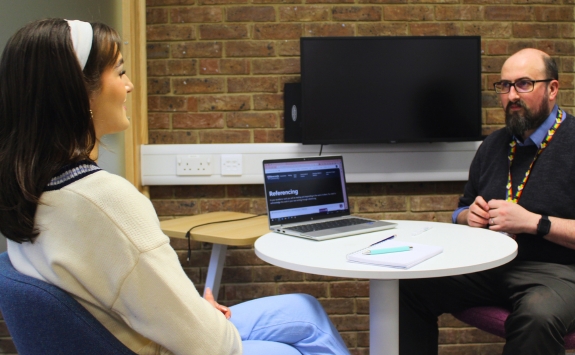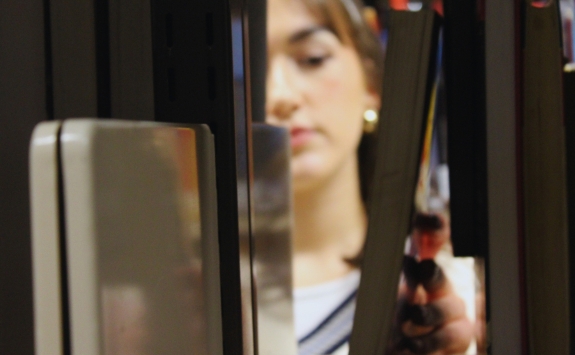When attending university, referencing is a concept which is introduced very early on. It is the one aspect that many students, including myself, struggle with at university. With so many different styles, it can be challenging to figure out which one to use and ensure you have the correct format. This blog post will hopefully support you in feeling more comfortable with referencing and understand how to do it correctly.
Referencing is essential to avoid plagiarism and provide credit when using other people’s work in your own. You may have experience of referencing during your A-Levels if you completed an EPQ (Extended Project Qualification) or did any fieldwork. I first used referencing, particularly Harvard referencing, when completing my Geography fieldwork. I found it challenging as I had never been introduced to it before previously in my studies.

Common reference styles include Harvard, Chicago and Vancouver, among many others used in different contexts. At university, you will typically be given the style you are required to use. If you’re unsure, check your module handbook or ask the person who set the assignment.
References typically include a resource’s author, title, source and date of publication, and can be presented differently depending on the style. You can reference almost anything from books, articles, lab reports and even objects such as pieces of artwork, depending on your degree.

As a Biomedical Sciences student, I have been allocated Vancouver referencing. Understanding the order and format of a reference can be difficult, but resources like the Academic Skills Kit can be incredibly helpful. Additionally, EndNote is a useful program which can be used to format your reference.
Referencing takes practice, so don’t feel discouraged if you don’t get it right first time! It is a valuable skill to have and many people will feel the same way since it is a new concept which can be confusing. With the correct help and knowing where to go for support, you will be able to effectively do it.
Good luck and happy referencing!
Written by Kelsey, a BSc Biomedical Sciences student



